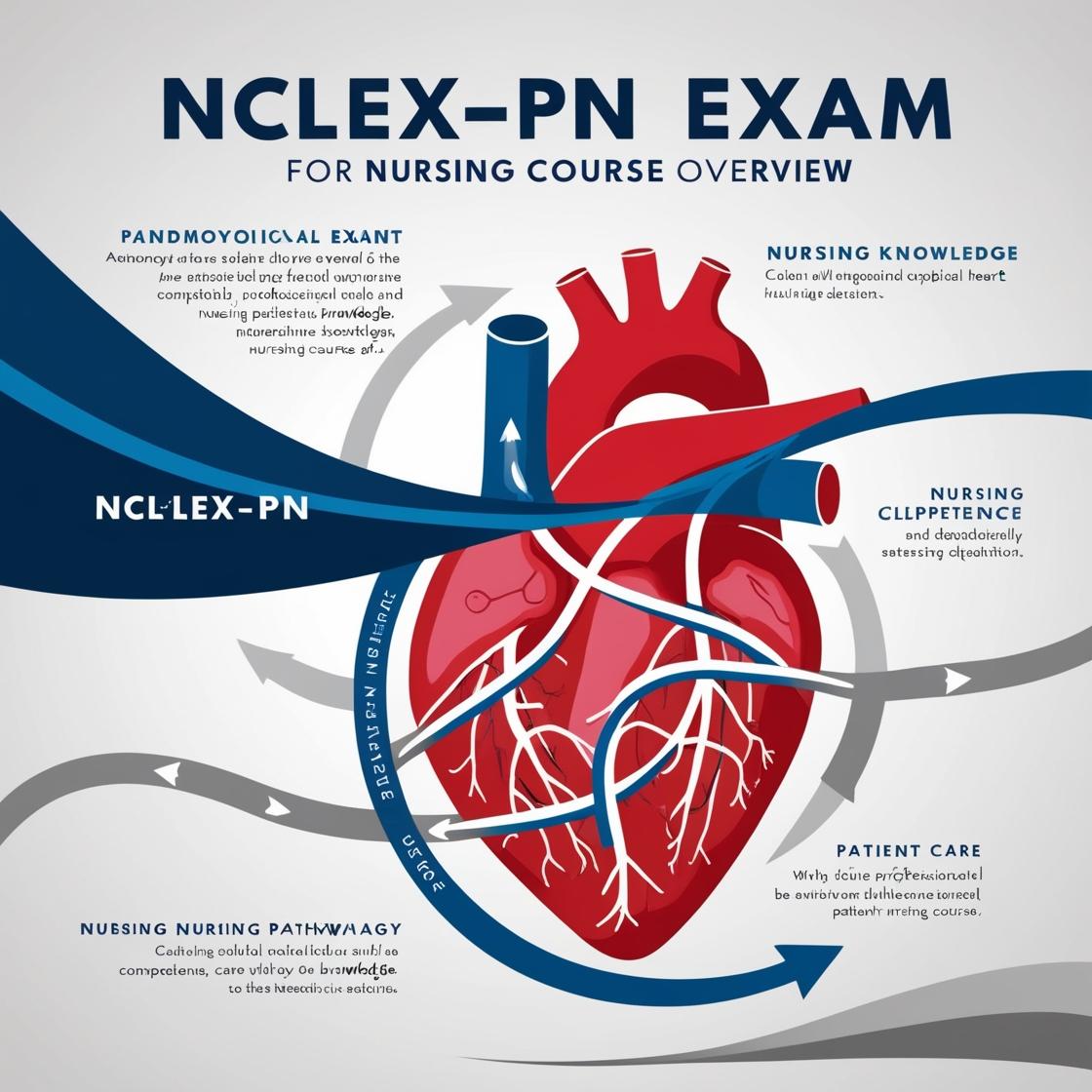NCLEX NCLEX-PN
Nclex Exam Cram Practice Questions
1. Which of the following is an appropriate nursing goal for a client at risk for nutritional problems?
- A. provide oxygen
- B. promote healthy nutritional practices
- C. treat complications of malnutrition
- D. increase weight
Correct answer: B
Rationale: The correct answer is to promote healthy nutritional practices. This goal focuses on preventive measures to address the client's nutritional risk. Providing oxygen (Choice A) is not directly related to addressing nutritional problems. Treating complications of malnutrition (Choice C) involves addressing the consequences rather than preventing or managing the nutritional problems. Increasing weight (Choice D) would only be appropriate if the client is underweight; it does not address the broader aspect of promoting overall healthy nutritional practices.
2. Major competencies for the nurse giving end-of-life care include:
- A. demonstrating respect and compassion, and applying knowledge and skills in care of the family and the client.
- B. assessing and intervening to support total management of the family and client.
- C. setting goals, expectations, and dynamic changes to care for the client.
- D. keeping all sad news away from the family and client.
Correct answer: A
Rationale: In providing end-of-life care, nurses must possess essential competencies. Demonstrating respect and compassion, along with applying knowledge and skills in caring for both the family and the client, are crucial competencies. These skills help create a supportive and empathetic environment for individuals facing end-of-life situations. Choice B is incorrect because while assessing and intervening are important, they do not encompass the core competencies required for end-of-life care. Choice C is also incorrect; although setting goals and expectations is valuable, the primary focus should be on providing compassionate care. Choice D is incorrect as withholding sad news goes against the principles of honesty and transparency in end-of-life care.
3. Which of the following lab values is associated with a decreased risk of cardiovascular disease?
- A. high HDL cholesterol
- B. low HDL cholesterol
- C. low total cholesterol
- D. low triglycerides
Correct answer: B
Rationale: High HDL cholesterol is associated with a decreased risk of cardiovascular disease because HDL cholesterol is known as 'good' cholesterol. It helps remove other forms of cholesterol, like LDL cholesterol, from the bloodstream, reducing the risk of plaque buildup in the arteries. Low HDL cholesterol (Choice B) is actually a risk factor for cardiovascular disease because it means there is less of the 'good' cholesterol to perform its protective functions. Low total cholesterol (Choice C) and low triglycerides (Choice D) are not necessarily associated with a decreased risk of cardiovascular disease, as the balance and types of cholesterol play a more crucial role in heart health.
4. The goals of palliative care include all of the following except:
- A. giving clients with life-threatening illnesses the best quality of life possible.
- B. taking care of the whole person"?body, mind, spirit, heart, and soul.
- C. no interventions are needed because the client is near death.
- D. supporting the needs of the family and client.
Correct answer: C
Rationale: The correct goal of palliative care is to provide comprehensive care that addresses the physical, emotional, social, and spiritual needs of the dying client until the end of life. Therefore, the statement 'no interventions are needed because the client is near death' is incorrect as interventions are still essential to ensure comfort and quality of life. Choices A, B, and D are all aligned with the goals of palliative care, focusing on improving the quality of life, providing holistic care, and supporting both the family and the client.
5. A client who is immobilized secondary to traction is complaining of constipation. Which of the following medications should the nurse expect to be ordered?
- A. Advil
- B. Anasaid
- C. Clinocil
- D. Colace
Correct answer: D
Rationale: Colace is a stool softener that acts by pulling more water into the bowel lumen, making the stool soft and easier to evacuate. In the given scenario of constipation in an immobilized client, a stool softener like Colace is the appropriate choice to help facilitate bowel movements. Advil and Anasaid are nonsteroidal anti-inflammatory drugs (NSAIDs) used for pain relief, not for constipation. Clinocil is not a recognized medication for constipation relief.

Access More Features
NCLEX PN Basic
$69.99/ 30 days
- 5,000 Questions with answers
- Comprehensive NCLEX coverage
- 30 days access
NCLEX PN Premium
$149.99/ 90 days
- 5,000 Questions with answers
- Comprehensive NCLEX coverage
- 90 days access
